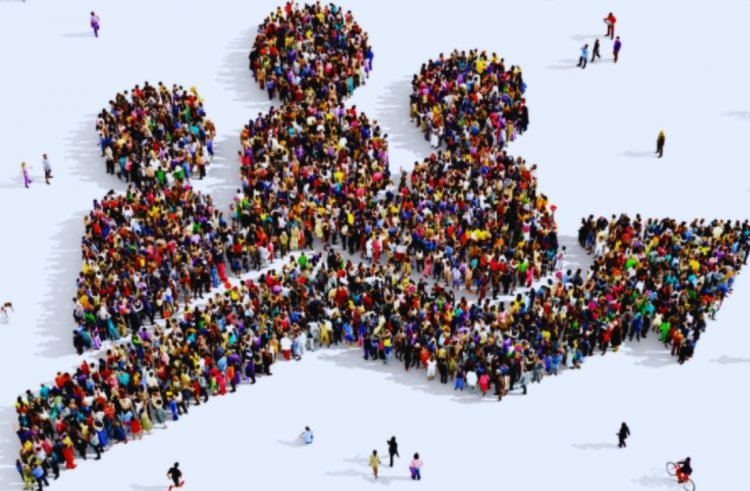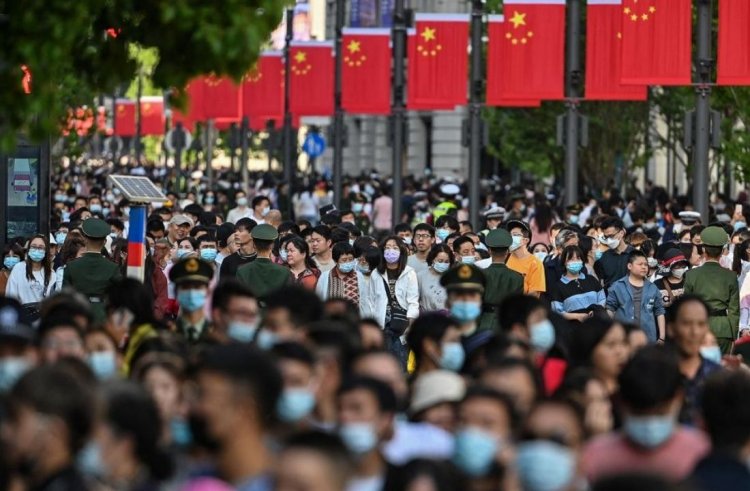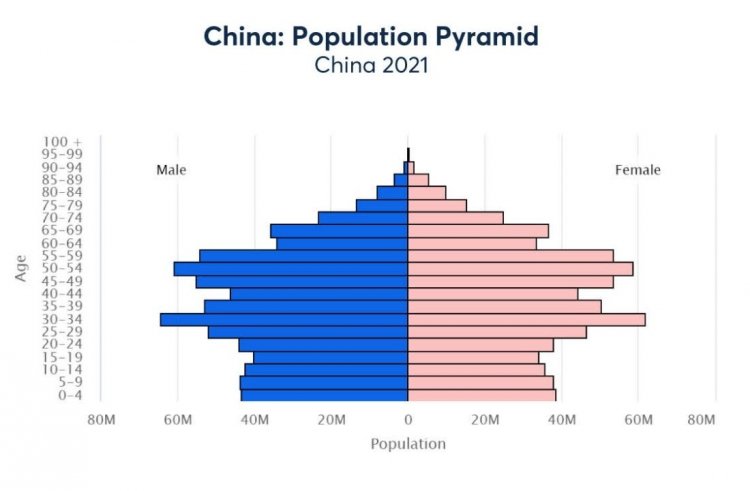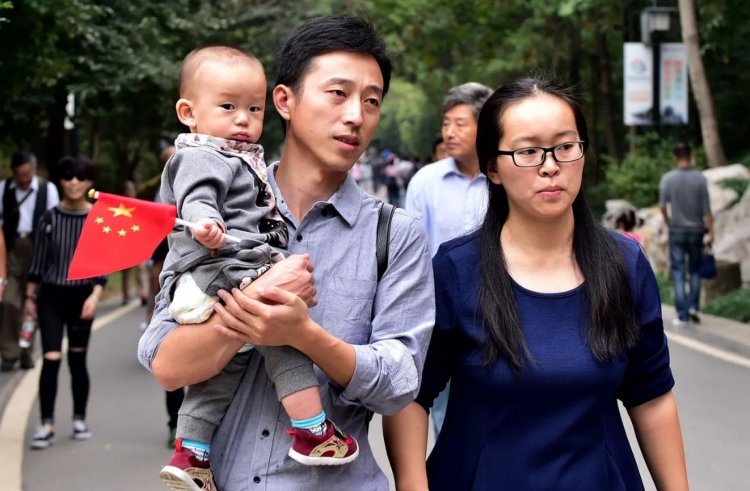China’s Births Rate Hit Historic Low For A Fifth Consecutive Year, Population Grows By Less Than Half-A-Million in 2021. Do You Know Why? Read The Full Article To Gain More Details!
China’s Births Rate Hit Historic Low For A Fifth Consecutive Year, Population Grows By Less Than Half-A-Million in 2021. Do You Know Why? Read The Full Article To Gain More Details!
China's population in Zero growth period, birth drops to a historic low
Updated on January 21, 2022 09:44 AM by Ava Sara
As we all know, China is one of the most populous countries globally. But the world’s second-largest economy is facing the slowest pace of population growth in decades. For the first time since the Great Leap Forward, many believed that China’s population could soon begin to contract. This has created a huge political problem for Beijing, which is already facing severe economic headwinds.
Population and Economic Development

The population being the most important factor determining economic growth, too much or too little of it can considerably impact it. If a country has more workforce, then the country’s potential economic growth will be achieved. On the other hand, if a country has less workforce, then the country's economic growth rate will fall. There are other aspects too.
Add Block
Current Demographic Crisis

China recorded 10.62 million births in 2021, or only 7.5 births per 1000 people, the National Bureau of Statistics (NBS) said. It marked the lowest growth rate since the founding of new China under the Communist Party of China (CPC) in 1949. Many officials say that the country’s population has entered a “Zero Growth” period.
The reasons behind this!

The most primary reason is the continued decrease in the number of women of childbearing age, as 2021 saw about 5 million fewer women of childbearing age between 15 and 49 than in the previous year. And other reasons could be, delayed marriage and births due to the fertility concept of couples, past population control policies, and the pandemic.
Add Block
Some Statistics regarding China’s demography

At the end of 2021, the working-age population aged 16-59 was 882 million, accounting for 62.5% of the total population; the population aged 60 and above was 267 million, accounting for 18.9% of the total population, and the population aged 65 and above was 200 million, according to for the entire population 14.2%. According to the statistics, the working-age group occupies the most, but they become elder citizens of China after certain years.
Add Block
Measures that the government have taken so far

The most populous country in the world is burdened with an aging population. The Chinese government has started its supportive measures from 2016 onwards.
Easing the norms of ‘One-Child Policy

The one-child policy was implemented nationwide by the Chinese Government in 1980, which limited most Chinese families to one child each. This policy was enacted to control the growth rate of the country’s population, which the government viewed as being too rapid. The country’s fertility rate and birth rate both decreased after 1980, the sex ratio in china became skewed towards men, and there was a rise in the number of female infanticides. After the end of this one-child policy in 2016, China’s birth rate and fertility rate remained low, leaving the country with a population that was aging rapidly and a workforce that was shrinking.
One-child policy to Three child policy!

In May, the Chinese government allowed their citizens to have up to three children, in a major shift from the limit of two children per couple following a rapid decline in births. It also offers incentives to young families and promises improvement in workplace rules and early education.





